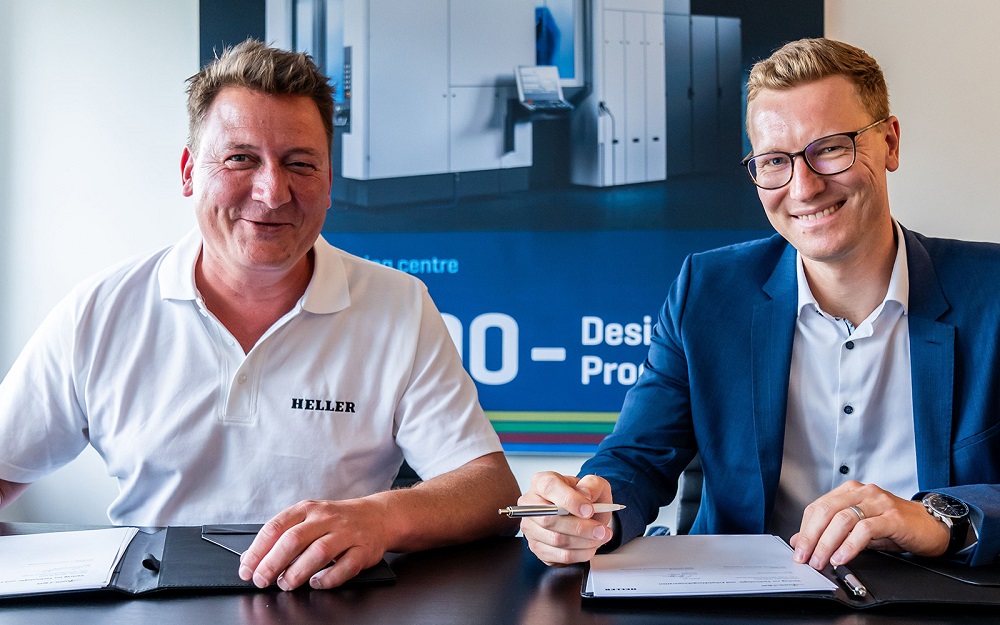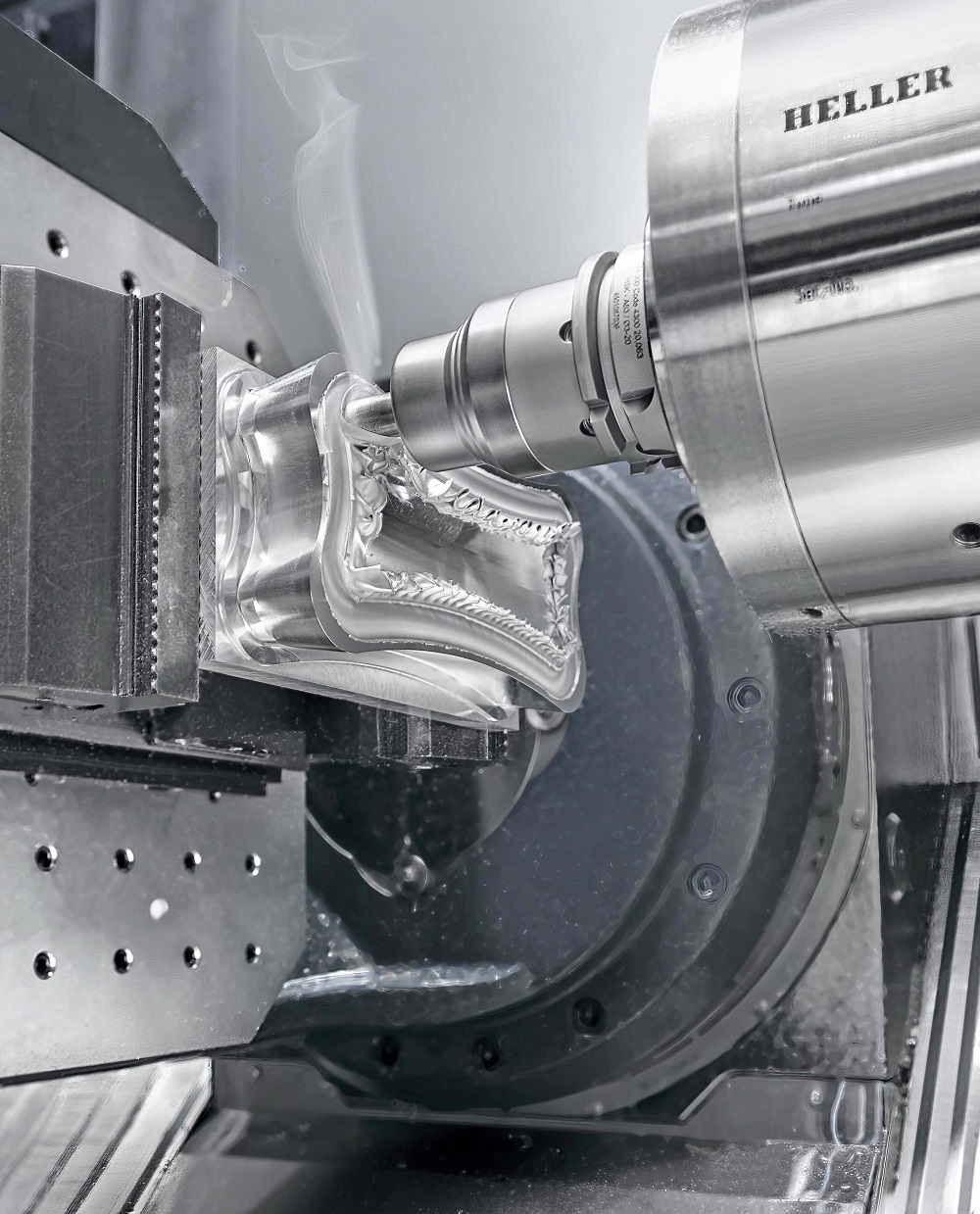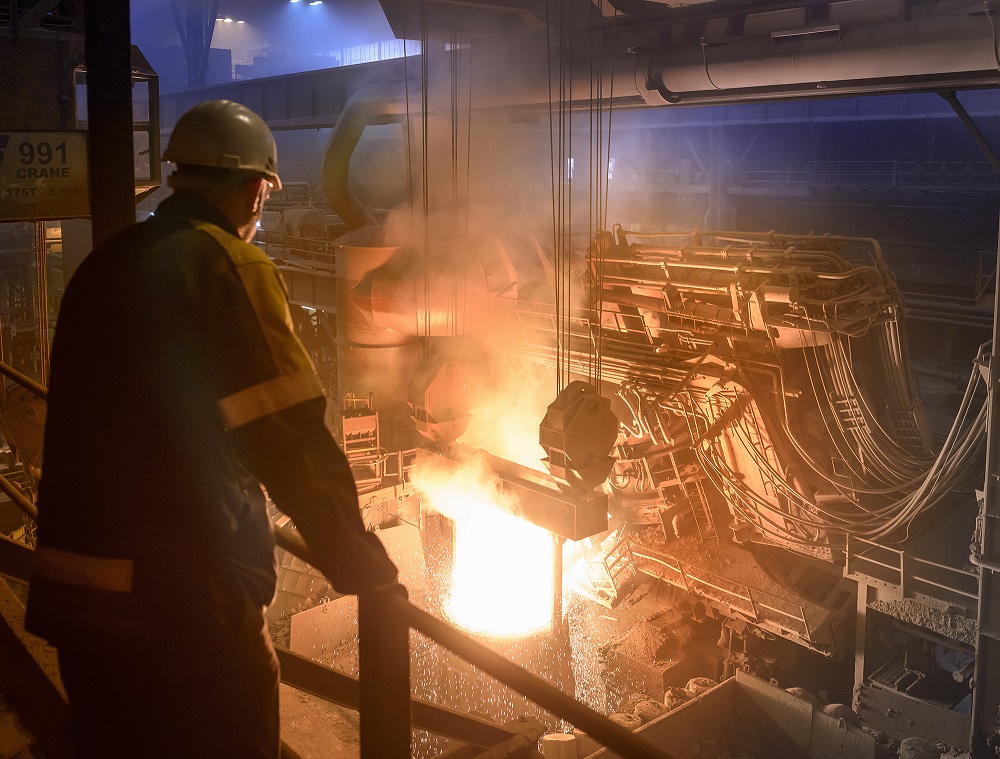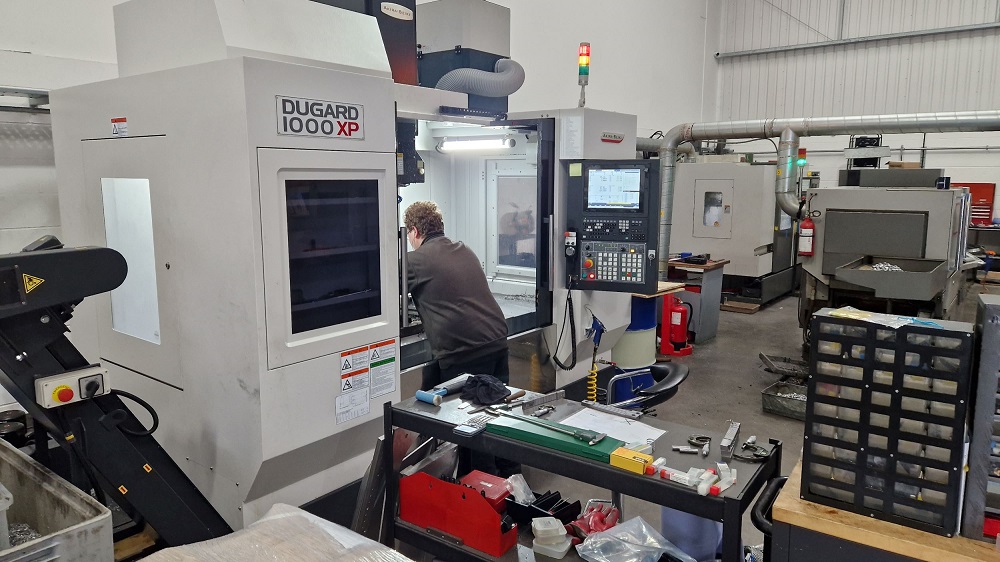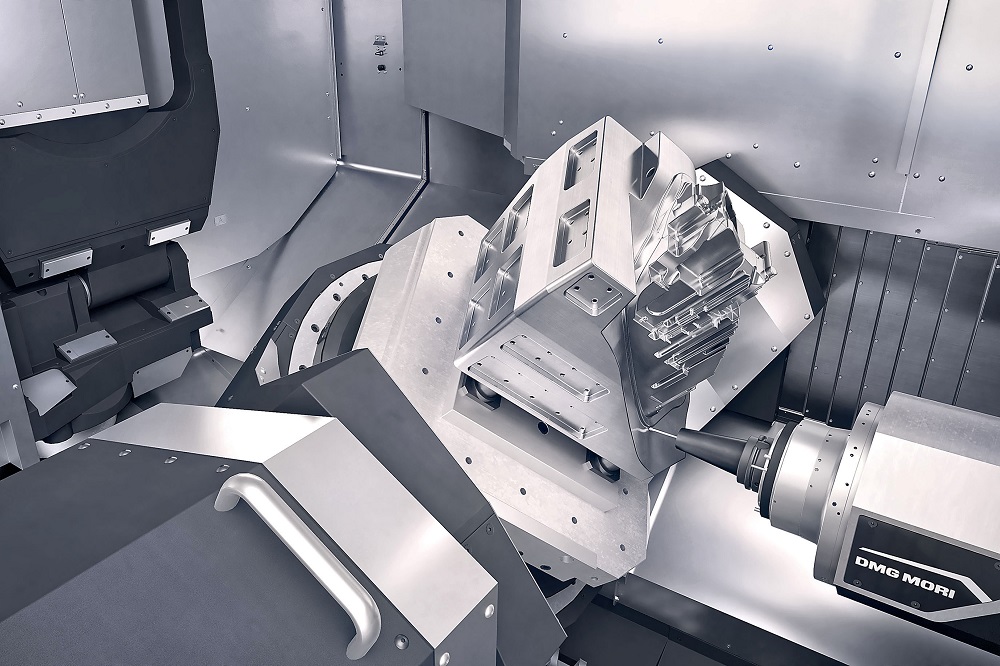Walter AG and Heller Maschinenfabrik GmbH have commenced a technology and development partnership that focuses on integrated customer solutions for the machining industry. The companies aim to test, optimise and market their products through the joint development of sustainable machining processes. Walter has held a strong partnership with Heller for many years, both as a customer and supplier. Several Heller machines are in use at Walter’s technology centres and production facilities.
Heller CEO Dr Thorsten Schmidt says: “Walter is an excellent technology partner with extensive tooling expertise and a wealth of experience in machining. Furthermore, Walter provides the tooling technology that can give our customers a direct productivity advantage in metal cutting. Together with the strengths that Heller brings to the table, we’re able to forge a strong partnership in the areas of development and technology.”
For further information www.heller.biz






